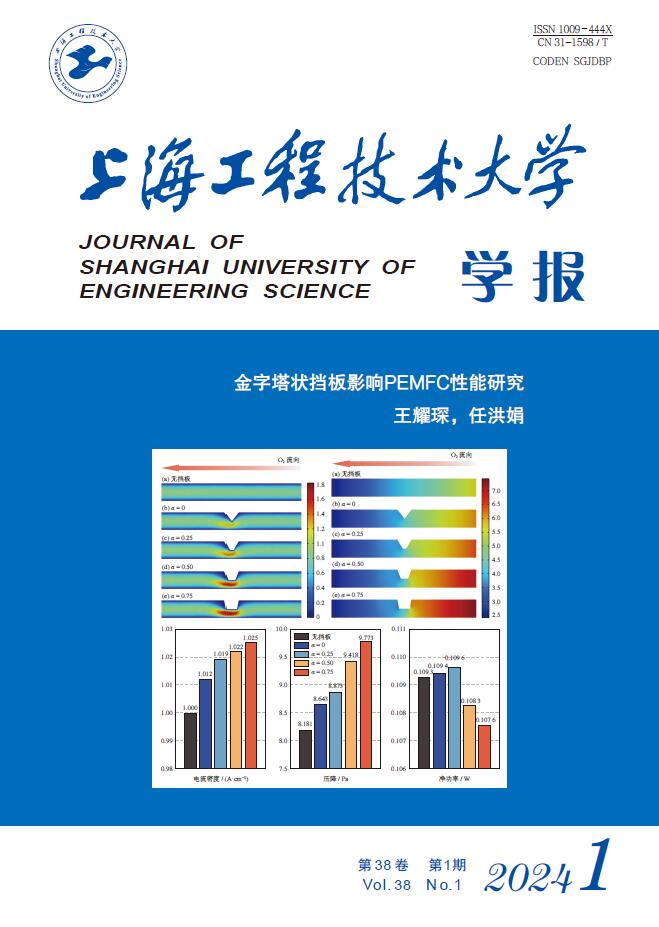2022 Vol. 36, No. 2
Display Method:
2022, 36(2): 113-117.
doi: 10.12299/jsues.21-0248
Abstract:
2022, 36(2): 118-123.
doi: 10.12299/jsues.21-0057
Abstract:
2022, 36(2): 124-129, 188.
doi: 10.12299/jsues.21-0184
Abstract:
2022, 36(2): 130-138.
doi: 10.12299/jsues.22-0014
Abstract:
2022, 36(2): 139-147.
doi: 10.12299/jsues.21-0258
Abstract:
2022, 36(2): 148-158.
doi: 10.12299/jsues.21-0293
Abstract:
2022, 36(2): 159-167.
doi: 10.12299/jsues.21-0213
Abstract:
2022, 36(2): 168-175.
doi: 10.12299/jsues.21-0309
Abstract:
2022, 36(2): 176-181.
doi: 10.12299/jsues.20-0212
Abstract:
2022, 36(2): 182-188.
doi: 10.12299/jsues.21-0005
Abstract:
2022, 36(2): 189-195.
doi: 10.12299/jsues.21-0157
Abstract:
2022, 36(2): 196-204.
doi: 10.12299/jsues.22-0003
Abstract:
2022, 36(2): 218-223.
doi: 10.12299/jsues.21-0236
Abstract:
2022, 36(2): 224-230.
doi: 10.12299/jsues.21-0203
Abstract:



 Email Alert
Email Alert
 RSS
RSS
